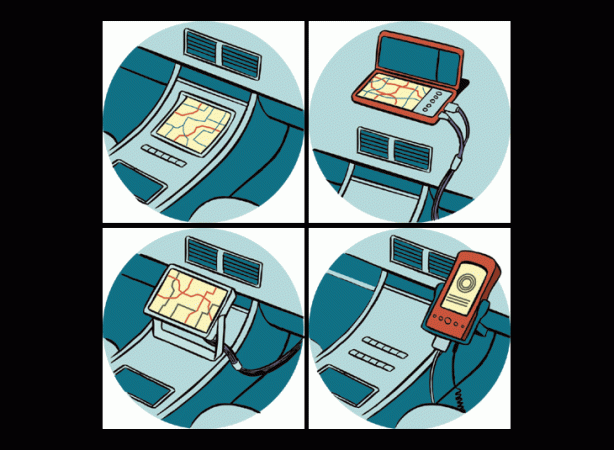

As liquid evaporates, it gets cold. This effect, familiar to anyone who has been wet, happens because it takes energy to turn a liquid into a gas, and that energy comes from heat drawn out of the liquid. How that interaction works is one of the most complicated subjects in science, but what’s important is that it can be used to make ice cream.
- Project: make CO2 ice cream
- Cost: $150
- Time: 15 minutes
- Difficulty: safe | | | | | risky (Editor’s note: 2/5)
Now, you can’t just let cream evaporate and expect to get ice cream. Water in the open air won’t freeze from evaporation alone. But evaporating pressurized liquid carbon dioxide (CO2) draws so much energy out of it that about a third ends up frozen solid: That’s dry ice.
Achtung! Theodore Gray is a scientist trained in lab safety procedures. Do not attempt this experiment at home. For more information on Gray’s scientific pursuits, visit his website.
Where do you get a tank of liquid CO2? From a fire-equipment dealer, of course (try smokesign.com). Discharge a 10-pound CO2 fire extinguisher full blast into a pillowcase for about 10 seconds, and you’ll have several pounds of finely powdered dry ice. (Don’t play with it though. Dry ice can give you frostbite in a few seconds.)

Then it’s a simple matter of pouring it into a bowl of ice-cream ingredients—2 cups each of half-and-half and heavy cream, two eggs, three-quarters of a cup of sugar, 2 teaspoons of vanilla, and a dash of salt—and stirring until frozen. Add the dry ice slowly to avoid hard-as-rock syndrome. I had to microwave my batch to get it back to merely frozen.


So is it edible? Because they’re intended to be used in restaurant kitchens, CO2 fire extinguishers are usually filled with food-grade CO2. (Do not try this with a dry-chemical fire extinguisher.)
The result is… interesting. Carbon dioxide is what makes soda fizz, so the ice cream actually comes out carbonated. Not bad, but don’t expect to see CO2 Crunch in the ice-cream case.
This story has been updated. It was originally featured in the August 2006 issue of Popular Science magazine.















